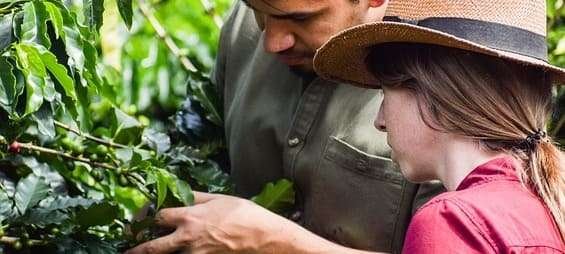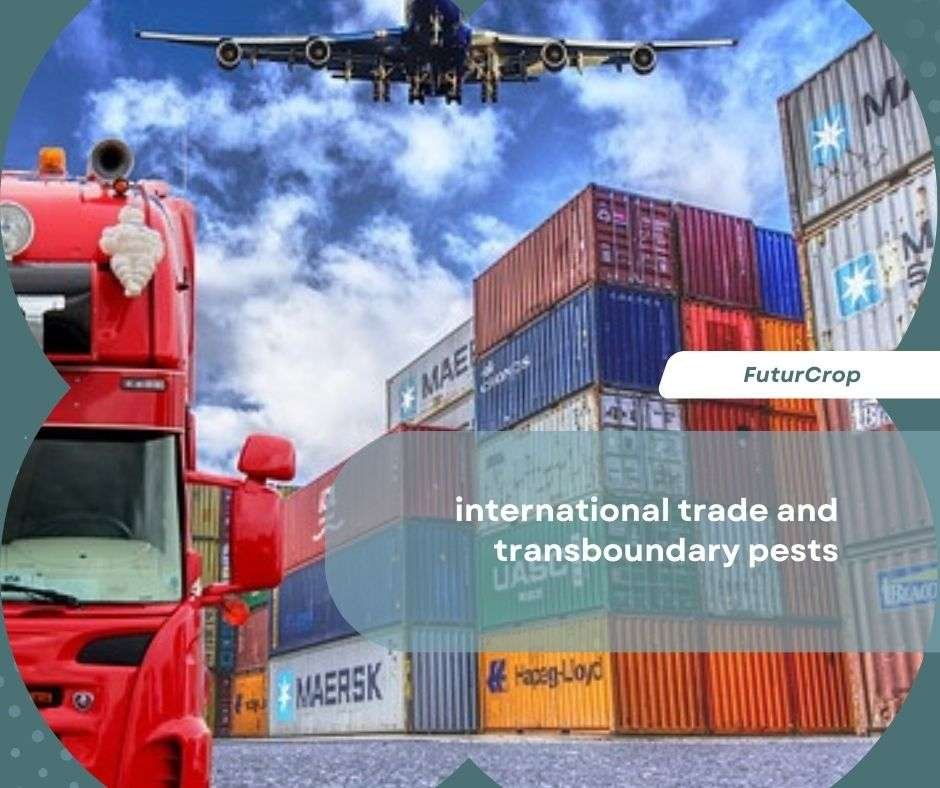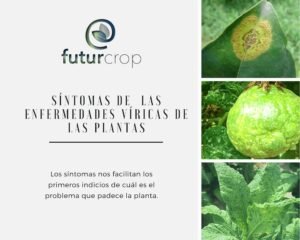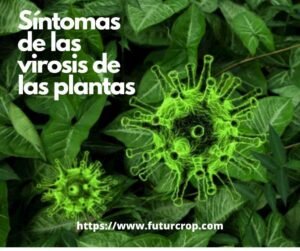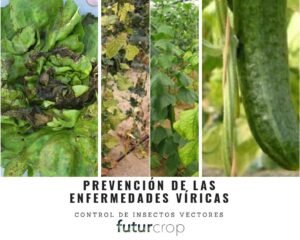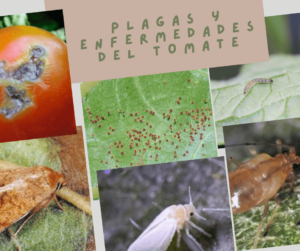Global Warming allows what International Trade transports
The globalization of the international market means that billions of plant products are moved between countries every year. Obviously, pests and diseases travel with the goods. And as climatic conditions have changed, with shorter and milder winters, many pests easily establish themselves in the new ecosystems, where they could not have done so before. It only takes a few years for certain pests to become firmly established in their new territories.
The rate of pest introduction in Europe is 1 pest or disease every 7 months.
According to data managed by the European Union, from 2009 to 2013 at least eight new pests were detected in EU territory: Anoplophora glabripennis, Diabrotica virgifera, Bursaphelenchus xylophilus, Pomacea insularum, Anthonomus eugenii, citrus tristeza virus, Xylella fastidiosa, and potato spindle tuber viroid. This rate of establishment means a new pest or disease in Europe every seven months.
Problems caused by new pests
These are particularly dangerous agricultural pests and diseases, because in the new territories where they are introduced, their development or biological cycle and their correct treatment are unknown, and because in many cases they lack natural enemies. In their new territory, they sometimes find new hosts. These new pests and diseases seriously affect agricultural production and the environment.
Some examples



The Asian wasp, Vespa velutina, which arrived in Europe in a container from Southeast Asia, is a dangerous predator of bees, which in Europe is directly affecting the pollination process and the entire ecosystem in general. In addition, the adult wasp feeds on ripe fruit (apples, plums, grapes, etc.) in large quantities, and can cause serious damage to agriculture.
Another common pest, the tomato moth, Tuta absoluta, is native to Chile, although it has spread throughout much of South America. It was first detected in Spain in 2007, and quickly spread to the rest of the country, including the Canary Islands, and the Mediterranean area. Today it is a fully established pest that causes serious problems in tomato crops.
There are other foreign pests and diseases of recent settlement in Europe: the Guatemalan moth, or Tecla solivanora, the African citrus psylla, Trioza erytreae, or citrus greening, which pose a serious danger to the potato crop in the first case, and to Mediterranean citriculture in the last two.
New pests and diseases are also causing serious damage in the ornamental and forestry sectors. Such is the case of Cydalima perspectalis, a butterfly whose larvae feed on boxwood leaves, which has devastated wooded areas in Switzerland, but is already affecting large parts of southern Europe.
The best known case today is that of Xilella fastidiosa, a bacterium that forced the felling of hundreds of thousands of olive trees in Italy, damaging the agricultural economy and the traditional landscape of large regions. It is in fact the most dangerous emerging plant disease in Europe.
Europa: notificación y control a través de Europhyt
The European Union has a body, Europhyt, for the notification and control of import interceptions, for plant health reasons. According to a report from that agency, during 2017, imports were intercepted because of 1,484 harmful organisms, among others:
Liriomyza sp, Helicoverpa armigera, Phyllostica citricarpa, Spodoptera litura, Tephritidae, Santhomonas citri sitri, Anastrepha fraterculus, Ceratitis capitata, Tribolium confuus, Bactrocera dorsalis, Thrips palmi, Liriomyza sativae, Cordylomera spinicornis, Acidovorax citrulli, Aleurocanthus spiniferus, Ripersiella hibisci, Santhomonas euvesicatoria, Bactrocera sp. , Phyllosticta citricarpa, Apriona germari, Liriomyza huidobrensis, Bemisia afer, Spodoptera cosmioides, Radopholus similis, Thaumatotibia leucotreta, Bactrocera invadens, Ceratitis cosyra, Anthonomus eugeni, Helicoverpa zea, Tortricidae, Globodera rostochiensis, Aphelenchoides, Thaumatotibia leucotreta, Scyphophorus acupunctatus, Bactrocera latrifons, Bactrocera zonata, Zeugodacus, Oryzaephilus sp., Protopulvinaria mangiferae, Thaumatotibia leucotreta, Ditylenchus dipsaci, Anoplophora chinensis, Aleurocanthus spinferus, Dacus bivittatus, Pratylenchus, Radopholus similis, Ceratitis cosyra, Atherigona orientalis, Leptoglossus clypealis, Pantoea stewartii, Bactericera cockerelli, Andean potato latent virus, Arracacha virus B, Bephratelloides, Potato virus, Potato yellowing virus, Synchytrium endobioticum, Phyllosticta citricarpa, Bactrocera cucurbitae, Leucinodes orbonalis, Buprestidae, Phyllosticta citricarpa, Clavibacter michiganensis.
(You can consult those corresponding to 2018 in this link.
https://ec.europa.eu/food/plant/plant_health_biosecurity/europhyt/interceptions_en)
The latest Europhyt Annual Report, corresponding to the year 2016 says among other things:
- Planting material remains the most critical and high-risk pathway, although not the most numerous, for the introduction of plant pests and diseases into the European Union.
- A total of 1,212 imports of fruit and vegetables were seized due to the presence of pests or diseases. Fruits and vegetables have consistently been the commodity group with the most interventions for this reason. (66.7% in 2016).
- In 2016, 85 new harmful organisms not present in the European Union, and not previously intercepted, were recorded.
| Bactrocera tau Blepephaeus succinctor Chalcodermus aeneus Cofana sp. Cordylomera spinicornis Dialeurodes kirkaldyi Diaporthe eres Doliopygus sp. Orchidophilus sp. Saperda tridentata Xiphinema californicum Xyleborinus artestriatu. |

FuturCrop calculates short-term forecasts of the activity of 179 agricultural pests, based on accumulted temperature thresholds associated with critical stages of their life cycle.
FuturCrop forecasts indicate, for a given day, the stage of the pest’s life cycle and the day for the most efficient treatment.
More information
European Union Notification System for Plant Health Interceptions – EUROPHYT

